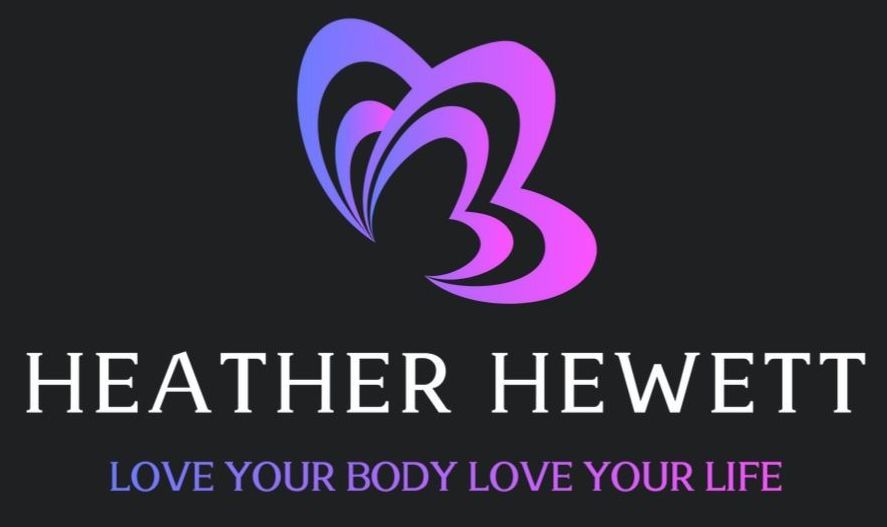What is Functional Freeze and How Can Nervous System Regulation Help?
What is Functional Freeze?
Functional freeze is a survival response where you appear outwardly capable but are internally stuck in a state of emotional paralysis, often due to chronic stress or unresolved trauma. Understanding and addressing this nervous system response through targeted regulation techniques is crucial for those seeking to break free from feeling stuck and regain full emotional engagement with life.
Introduction
This guide will help you understand "functional freeze", a pervasive survival response that leaves many feeling stuck, disconnected, and unable to fully engage with their lives. We'll explore its connection to nervous system regulation, discuss how it manifests as emotional paralysis, and provide actionable strategies to help you break free from functional freeze. This information is perfect for anyone experiencing persistent feelings of being overwhelmed, unmotivated, or numb, despite maintaining outward functionality.
Why Functional Freeze Matters in 2025
Functional freeze is increasingly recognized as a widespread response in our perpetually demanding and overstimulating modern world. While often invisible to outsiders, it represents a significant internal struggle. Experts like Jerimya Fox, a licensed professional counselor, note that functional freeze occurs when the brain's stress response system perceives a situation as overwhelming or inescapable, leading to a mental or emotional block. This isn't just about feeling tired; it's a deep-seated survival response where the body conserves energy and attempts to avoid perceived harm.
TL;DR: Functional freeze is a hidden but common survival response to overwhelming stress, leading to internal emotional paralysis despite outward functioning.
How to Overcome Functional Freeze Step-by-Step
Breaking free from functional freeze involves a conscious effort to reconnect with your body and retrain your nervous system. Here’s how most beginners succeed in overcoming functional freeze:
- Acknowledge and Validate the Response: Recognize that functional freeze is an involuntary survival mechanism, not a personal failing. This initial acceptance can reduce feelings of shame and frustration.
- Practice Grounding Techniques: Reconnect with the present moment by engaging your senses.
- 5-4-3-2-1 Method: Identify five things you see, four things you can touch, three things you hear, two things you smell, and one thing you taste.
- Physical Grounding: Press your feet firmly into the ground, notice the sensation, or hold a textured object.
- Engage in Gentle Movement: Movement helps release trapped energy and re-engage the nervous system.
- Short Walks: Even a brief stroll can help "unstick" your body and mind.
- Gentle Stretches : Mindful, slow movements such as stretching are highly effective.
- Shake it Out: Physically shaking your arms, legs, or entire body can release pent-up energy.
- Utilize Breathwork for Nervous System Regulation: Conscious breathing can calm your nervous system.
- Box Breathing: Inhale for four counts, hold for four, exhale for four, and pause for four.
- Diaphragmatic Breathing: Focus on breathing into your stomach, rather than your chest, to activate the parasympathetic nervous system.
- Longer Exhales: Make your exhale longer than your inhale (e.g., inhale for 4, exhale for 6) to promote relaxation.
- Seek Emotional Support: Connecting with trusted individuals can provide reassurance and help regulate your nervous system. Talk to a friend, family member, or join a support group.
TL;DR: Overcoming functional freeze involves validating the response, grounding through senses, gentle movement, targeted breathwork, and seeking social support to regulate your nervous system.
What is Functional Freeze and How Can Nervous System Regulation Help?
Executive Summary:
Functional freeze is a survival response where you appear outwardly capable but are internally stuck in a state of emotional paralysis, often due to chronic stress or unresolved trauma. Understanding and addressing this nervous system response through targeted regulation techniques is crucial for those seeking to break free from feeling stuck and regain full emotional engagement with life.
Common Mistakes and How to Avoid Them
When addressing functional freeze, certain pitfalls can hinder progress. The key is to approach recovery with compassion and consistency.
- Mistake: Trying to "snap out of it" or push through the numbness with sheer willpower.
- Avoid this trap: Functional freeze is an involuntary physiological response. Forcing yourself can exacerbate the disconnection. Instead, focus on gentle, consistent steps and self-compassion.
- Mistake: Isolating yourself further.
- Avoid this trap: While the desire to disconnect is a symptom, social interaction in a safe environment is crucial for nervous system regulation. Even small, brief connections can help.
- Mistake: Expecting immediate results and getting discouraged by setbacks.
- Avoid this trap: Healing from functional freeze is a process. Recognize that progress may be gradual and non-linear. Celebrate small victories and be patient with yourself.
- Mistake: Relying solely on rest without incorporating movement.
- Avoid this trap: While exhaustion is a symptom, prolonged immobility can reinforce the freeze response. Gentle movement, as discussed, is vital for thawing out.
TL;DR: Avoid forcing recovery, isolating yourself, expecting instant results, or relying only on rest; instead, embrace gradual, compassionate progress with gentle movement and social connection to break free from functional freeze.
Top Tools or Resources
Several frameworks and resources can aid in nervous system regulation and overcoming functional freeze:
- Polyvagal Theory: Developed by Dr. Stephen Porges, this theory explains how our nervous system responds to safety and threat, providing a foundational understanding of the freeze response.
- Somatic Experiencing (SE): A body-oriented therapy developed by Peter Levine that helps individuals release trapped trauma energy from the body, crucial for moving out of the freeze state.
- Mindfulness and Meditation Apps: Apps like Calm or Headspace offer guided meditations and breathing exercises to cultivate present-moment awareness and aid nervous system regulation.
- Trauma-Informed Therapy: Therapists specializing in trauma (e.g., CBT, EMDR, Sensorimotor Psychotherapy) can provide personalized guidance and support for deeply ingrained freeze responses.
- The NEUROFIT App: This app offers guided nervous system programs, somatic exercises, and HRV (Heart Rate Variability) tracking to help measure and manage nervous system fitness. (Source: neurofit.app)
TL;DR: Utilize resources like Polyvagal Theory, Somatic Experiencing, mindfulness apps, trauma-informed therapy, and dedicated nervous system regulation apps to support your journey.
FAQ Section
Q: What does "feeling stuck" mean in the context of functional freeze? A: Feeling stuck refers to a persistent sense of emotional or physical immobility, where you may struggle to make decisions, initiate tasks, or engage fully with life, despite appearing outwardly capable. It's like being on autopilot without genuine connection or motivation.
Q: Is functional freeze the same as depression? A: While there can be overlapping symptoms like low motivation and emotional numbness, functional freeze is specifically a nervous system survival response to perceived overwhelm or threat, whereas depression is a mood disorder. Functional freeze can contribute to depressive symptoms, but they are not identical.
Q: How long does functional freeze typically last? A: The duration of functional freeze can vary greatly. For some, it might be temporary, lasting hours to a few days. For others, particularly those with unresolved trauma or chronic stress, it can become a persistent state. If it lasts for two or more weeks, or significantly impacts your daily life, professional help is recommended.
Q: Can lifestyle changes really make a difference in overcoming functional freeze? A: Yes, significantly. Regular exercise, healthy sleep habits, a balanced diet, and building strong social support networks are crucial for improving overall well-being and reducing the likelihood and intensity of functional freeze responses. They help create a foundation of safety and resilience for your nervous system.





